

Amazon is the king of the eCommerce market. Roughly 63% of online shoppers check Amazon to find their desired products. This brings a massive opportunity for sellers to promote their brand on the platform. However, such an opportunity comes with a high level of competition. Strong strategies are required to overpower other sellers and retain your audience. Keep reading to learn about some fantastic Amazon marketing strategies that can help your eCommerce business succeed.
Before we jump into the marketing strategies, let’s discuss the different ways to use Amazon for marketing:
1. Amazon Advertising
Like Google ads, Amazon ads are a pay-per-click service where brands only pay when shoppers click on their ads. There are three main types of Amazon ads: Product Display ads, Sponsored Brands ads and Sponsored Product ads. Let’s take a closer look at each one.
Product Display Ads
Focuses on interest and product-based targeting. With this type of Amazon ad, you can promote your product to shoppers who have viewed your product detail page or a similar one to yours within the last 30 days. Product Display ads are not just limited to Amazon.com. It’s displayed on different locations such as Amazon-owned & Operated sites, Amazon Devices and The Amazon Network. This type of Amazon ad is best for gaining an extensive audience reach, since they are shown on desktop, mobile and mobile apps.
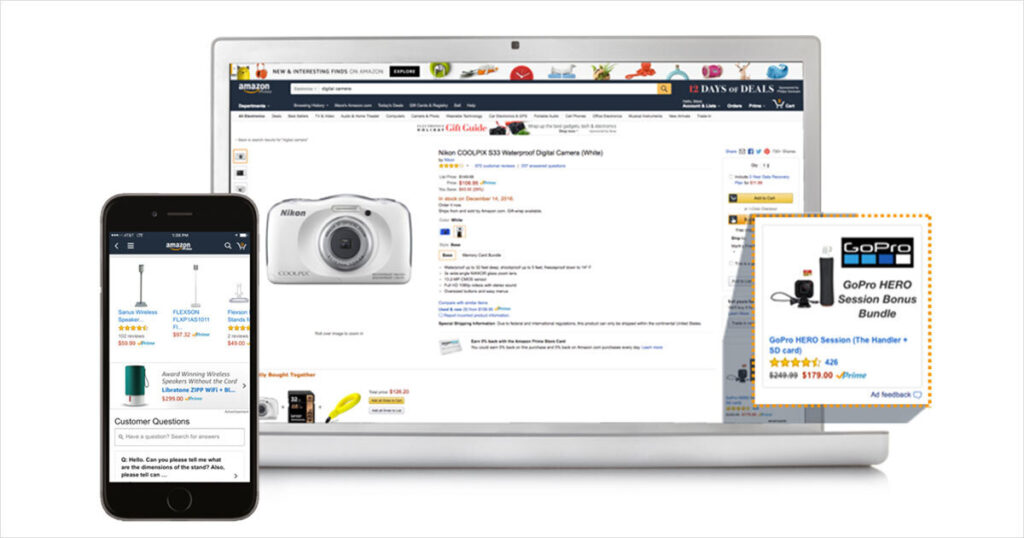
Sponsored Brand Ads
Follows a PPC model and focuses on keyword targeting. This type of Amazon ad is best for boosting brand awareness. Unlike Sponsored Product ads, Sponsored Brand ads allow you to feature three of your products simultaneously. With this ad, you can target four types of keywords: branded product keywords, complimentary product keywords, competitor-branded keywords and out-of-category keywords.
Let’s get to know each keyword type better:
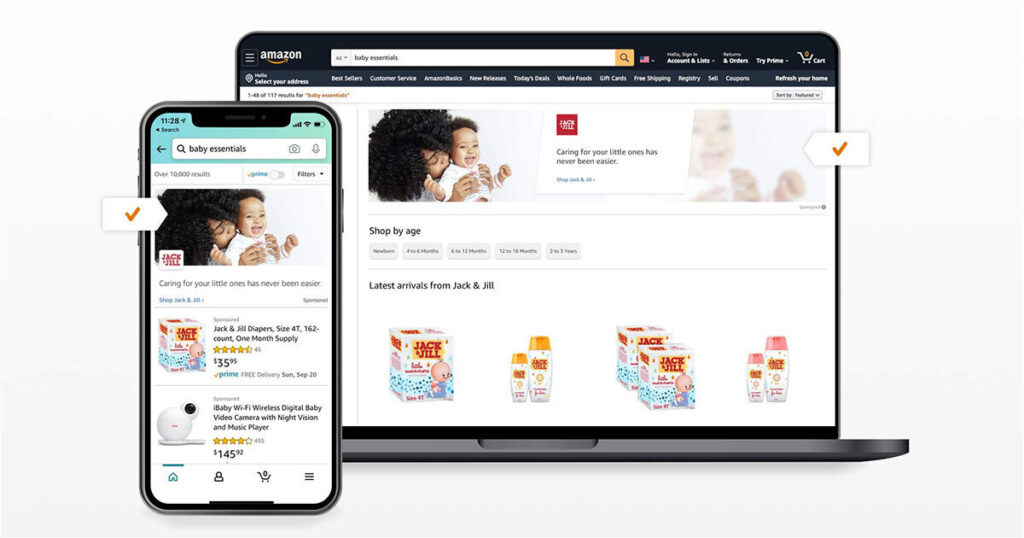
Sponsored Product Ads
PPC ads that focus on keyword and product-based targeting. This type of Amazon ad is best for resembling native content. Sponsored Product ads blend perfectly with organic results, and users don’t realize that they’re looking at an ad. According to the 2021 Amazon Advertising Report, this is the most preferred ad. Using Sponsored Product ads, you can target three types of keywords: Exact, phrase and broad.
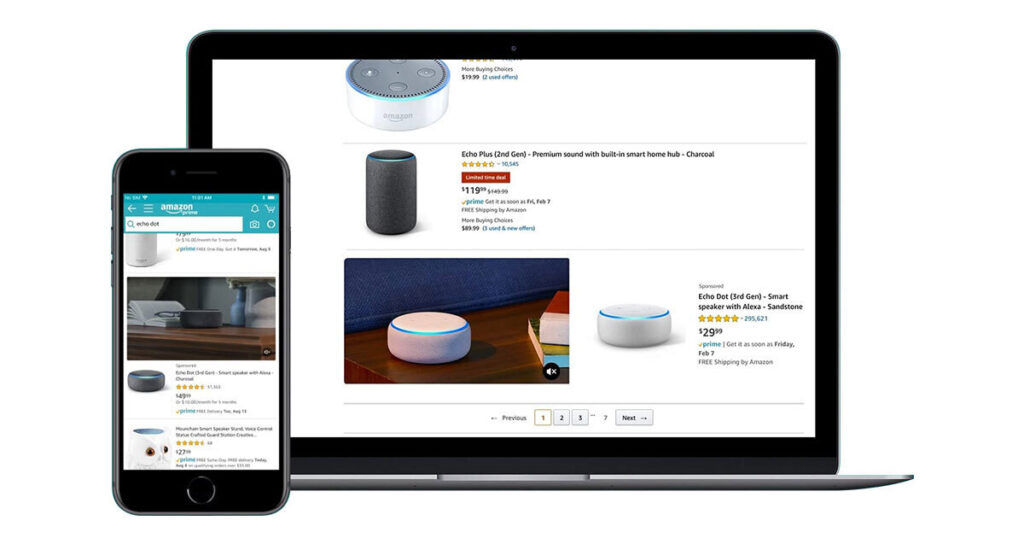
2. Amazon Reviews
Reviews play a significant role in the success of eCommerce businesses. Dimensional Research discovered that 90% of eCommerce shoppers were influenced to make purchases based on product reviews. Since eCommerce shoppers cannot touch or see the product in person, they rely on other customers’ experiences. Using Amazon reviews, customers can look at uploaded product images by other customers, categorize reviews by the number of stars given for the product and filter reviews by keywords.
3. Amazon SEO
Amazon is the largest eCommerce site, but did you know it’s also a search engine? Amazon’s search engine is known as A9. According to the Amazon Advertising Report, 74% of US consumers start their product hunting on Amazon rather than Google. Amazon searches are considered transactional. Amazon ranks solely for conversions, and your price, text match, sales history and product availability will decide whether you appear on the search engine or not.
4. Amazon Affiliate Marketing
Simply put, affiliate marketing is an act of exchange. You pay the affiliate site whenever their readers click and purchase. This is a great way to build brand awareness and generate large amounts of traffic.
Now that we’ve got an idea of the ways to use Amazon for marketing, let’s explore how to optimize these strategies.
Marketing Strategy #1: Amazon Advertising
Successful Amazon ads depend on three key factors: the type of ad format, ad copy and choice of keywords. A few things to consider for your Amazon ads are:
Use compelling ad copy that creates a sense of urgency. Phrases such as “Limited Time”, “Save Now”, or “Limited Offers” can spark more interest. Make sure that your ad copy is as detailed as possible. For example, if you are selling luggages, your audience would want to know how much weight the bag can hold, the fabrication, and the quality of the wheels.
Also, use numbers instead of words – “5” is more eye-catching than “five” for most buyers. Refrain from using self-proclaimed terms such as “The Best,” or “No.1”. It’s best when others give you credibility, rather than yourself.

Negative keyword targeting helps you reduce wasteful ad spend by preventing your products from showing up on specific search results. This is done by excluding keywords you don’t want your products to appear under . For instance, if you sell T-shirts, you would want to rank for keywords such as T-shirts for women, Long T-shirts, Plain T-shirts. However, if you rank your T-shirts for a negative keyword such as “Levi’s T-shirts,” the user who searches this up will ignore your product because they are specifically looking to buy Levi’s t-shirts.
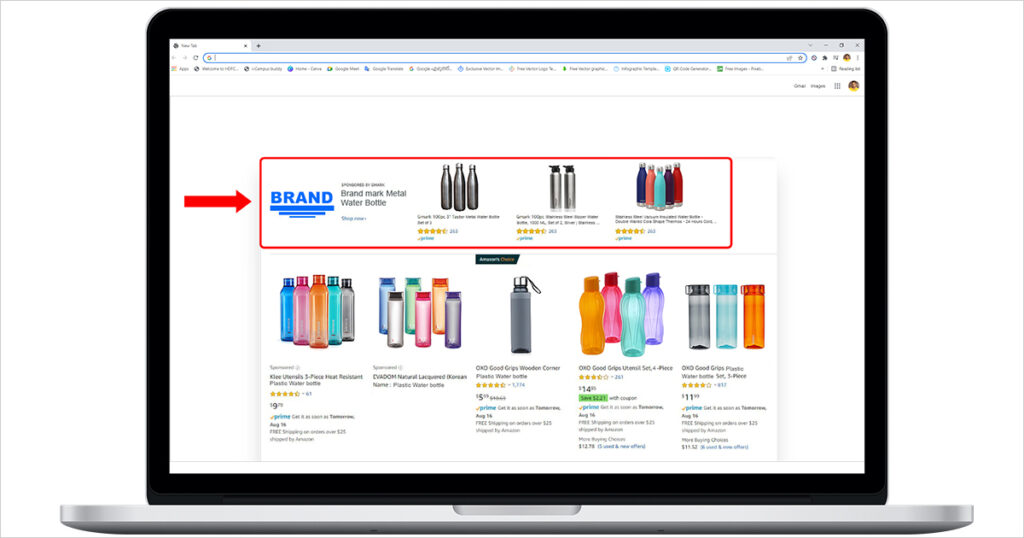
In an automatic campaign, Amazon takes complete control of your ads by choosing which keywords to include. However, a manual campaign gives you the power to choose your own keywords. Although automatic campaigns limit your control, it’s a valuable source for learning and identifying which keywords are getting the most search results and conversions. Use these high-converting keywords in your manual campaign and choose the best ones that you want to bid on.

Marketing Strategy #2: Amazon Reviews
As an eCommerce business, reviews should be of utmost importance to your Amazon marketing plan. They are the key determinant of future customer’s purchasing decisions. Here are a few methods to influence customers to leave a review:
If you want positive reviews, then sell an awesome product! If your product is low quality, you won’t receive 5 star reviews. Sell an amazing product, and the process of requesting a positive review from customers will be much easier. In fact, you’ll get more organic reviews. It may even blow up on social media!
Additionally, have exceptional customer service. Sometimes customers don’t like the product, but sellers respond quickly & issue refunds. Amazon allows sellers to respond to reviews, so make use of that and communicate with your customers.
If you receive a positive review, greet the customer nicely and show your appreciation. If you get a negative rating, display your concerns, sympathize, and offer to fix the problem as soon as possible.

Product inserts are little cards you include in the product package. You write a thank you message on the card and request customers to leave a review. Add a QR code to your product insert with a link to your product review page to provide an easier experience for customers. Be careful of what you write in your product insert. Make sure not to ask for a positive review or give an incentive in return for their review.
Here’s what you can say in your product insert – “Thank you! We hope you’re happy with your purchase 🙂 We’d really appreciate it if you could share your experience by leaving a review on Amazon”.

I’m sure we’ve all seen the automated email Amazon sends, asking us to leave a review. This typically doesn’t intrigue customers. You can change this by sending your own follow-up email! Include the customer’s name in the subject line, and in the body of the email be detailed in explaining why they should leave a review.
The explanation should be more about how it would benefit them, and how leaving reviews will help you improve their experience. Or, evoke their self-esteem and mention that sharing their experience can influence other customers.
Marketing Strategy #3: Amazon SEO
Amazon’s A9 is designed to feature products that align with customer queries that are likely to be purchased. To appear on SERP’s, you might want to bear in mind these Amazon SEO tips:
Long-tail keywords are longer phrases that are more specific. When a customer searches for a long-tail keyword, it means they have a higher intent to buy a product. For instance, say you sell crew neck t-shirts. If a user searches for “t-shirts,” they are most likely looking for a variety of t-shirt styles, which doesn’t make your product their primary choice. However, when the user searches for “crew neck t-shirts” they know which type of t-shirt they want, and your product would be more appealing to them.

Use images of your product in use to show your customers how the product can be helpful. For instance, if the shopper is looking to buy a vase, include a picture of a vase filled with flowers, on a table in the dining room. Seeing the product alone is great but having a sense of what it’ll look like in your home is even better! Make your product the center focus of the image – No distracting backgrounds!
Customers use images of size guides as well! Sizing guide images work perfectly for apparel stores; They increase purchasing intent and provide customers with a seamless experience when trying to select the right product.

Offer your eCommerce audience specific information that will interest them into buying your product. This can include your brand name, size, product type, colour and the type of material. The general format for product headlines is [Brand] [Feature] [Material] [Key Ingredients] [Product Type] [Model Number] [Size] [Package Count] [Color] [Flavor]. While including each one in your title depends on the type of product you’re selling, make sure to follow this order for optimal results.
Marketing Strategy #4: Amazon Affiliate Marketing
Affiliate marketing can involve Youtubers, Instagrammers, bloggers, or podcasters. The end goal is to generate traffic to your product listings to boost sales. Amazon engages in affiliate marketing through several techniques. It includes the following:
Research affiliate sites in your industry. Influencers are great affiliate marketers, since they have a solid follower base. Amazon influencing allows various influencers across social media to recommend Amazon products to their followers and earn commission from purchased products. It’s a win-win for both of you!
Another thing to do is get your customers into being your affiliate! A customer can be your best salesperson. According to research, customers have an average of 155 friends on Facebook. This means that your product can be shared with 155 potential customers!
You can also sign up for an affiliate network. Amazon Associates is an excellent affiliate program that can help spread the word about your product.
Although content creators can come up with creative content, wouldn’t it be easier if they were provided with branded materials? Offer your affiliates resources such as images and graphics, video content, case studies, testimonials, and brand guides.
Brand guides are an excellent way for affiliates to understand your brand better when promoting it. Brand guides should include colour, logo, keywords and fonts.
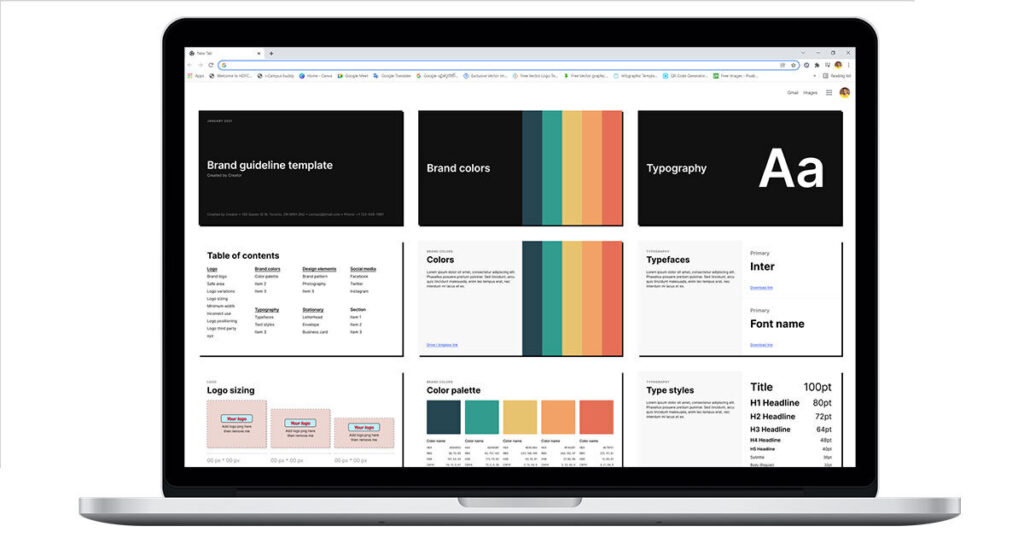
Growvare’s Got You!
Succeeding in Amazon ads requires competitive eCommerce marketing strategies. If you’re looking to take your Amazon marketing strategy to the next level, use the tips mentioned above. With all that being said, a little bit of help goes a long way! That’s why we’re here. Using Growvare’s AI-driven targeting feature, you can find your ideal audience on Amazon and skyrocket your sales today! Book a meeting with us to find out more!
(available during EST office hours)